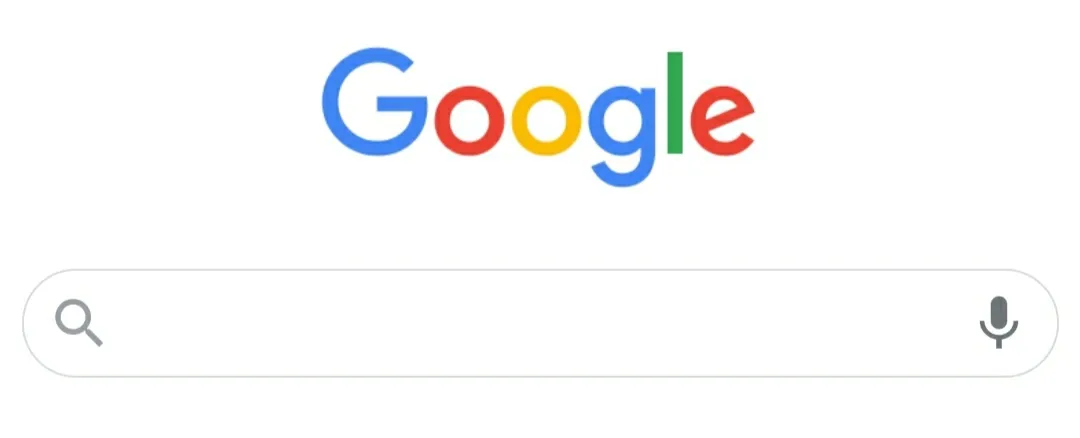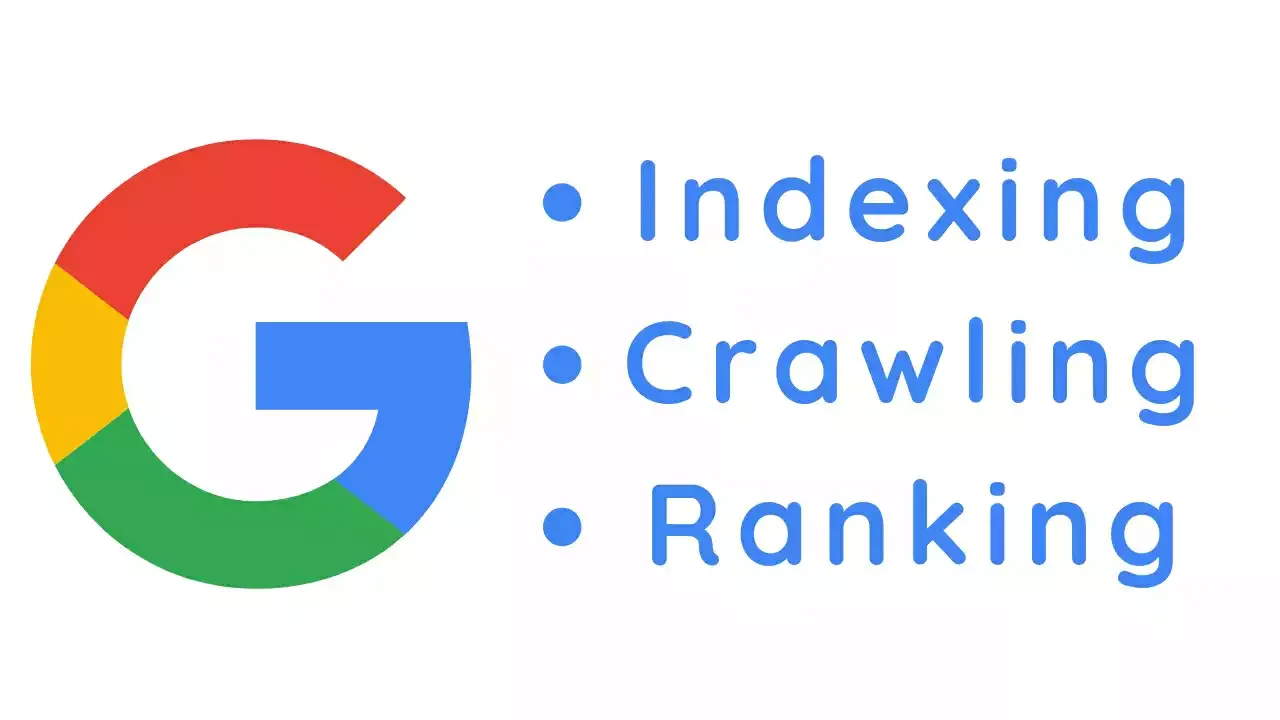The question arises on the Google work process whether Google answers your question on its own or copy-pasted it somewhere to answer. If you also do not have the answers to these questions, then today we will tell you about the working process of Google in this article.
Google Working Process
Google has become a part of every person's life today. If you want to search anything then Google is a help. You can search Google by speaking, typing, and searching anything and in any language. Google answers your every question in a matter of seconds. But do you know how Google works? After all, where does Google find the answer to every question you have? The question arises whether Google answers your question on its own, or copy-pasted it from somewhere to answer. If you do not have the answers to these questions too, then we will walk you through the process of working of Google.
Read More: iQOO 7 Series Becomes Best Selling 5G phone Under Rs 40K
Read More: Amazfit GTR 3, GTR 3 Pro, GTS 3 renders and Key Specs leaked
Where does Google get information
Crawling is the first step of Google search. Google crawls the pages continuously. Also, Google keeps adding new pages to its index. This process is called crawling. For this it uses the Google bot of Web Crawlers. The question arises that what are Google bots, then tell that it is a web crawler software, which crawlers find web pages. Finding these web pages, crawlers follow the links on them. These crawlers go from link to link and collect data and bring them to Google servers. Through this process, new information is stored on the Google index.
When Crawlers find a webpage, Google checks the content of that page. In addition to page content, it also includes images and videos. Google sees what the crawled page is. Google checks for correct URLs, keywords and content. Also the latest page is identified. In this way Google tracks all the information present in the search index. Also Google removes copy-pasted content. All this information is stored in the Google index and a huge database is created about it.
If you still do not understand how the Google search engine works, read the steps below.
Read More: Apple Diwali Offer Launch: Buy iphone 12 and get free Apple AirPods
Here are a few steps that will help you understand how the Google search engine works:
GOOGLE INFORMATION SOURCES INCLUDE
- Web pages
- User-submitted content such as Google My Business and Maps user submissions
- Book scanning
- Public databases on the internet
- Images, Videos, and many other sources
Google follows three basic steps to generate results from web pages:
Step 1: Crawling
When one types something into the search bar in the first place, it discovers what pages are available on the internet. Because there is no central registry of the internet webpages, it is constantly adding them to its list. Google is aware of some pages that have already been crawled. To learn about your data search, the crawler or spider takes note of all the keywords, web pages, descriptions, and so on. In this manner, the Google spider returns to a previously visited page that the user has visited in the past in order to provide better search results.
Google does not accept payments to crawl or rank a website higher.
Step 2: Indexing
Google understands the data on a page after it is discovered. Google examines the content embedded on the webpage, such as videos, images, collections, and so on. This is known as indexing. This data is then saved in the Google index, a massive data base stored in computers.
Step 3: Ranking
When a user searches for something, Google searches through the indexed pages to provide the best result. It focuses on factors such as language, location, device, and so on. With the same search query coffee shop near me, search results for a user in India will differ from those for a user in the United States. This is how the outcomes differ.
It ranks pages algorithmically.
This is how Google works to provide search results after a simple yet complex process.
How to improve page index
Users must always create complete content that is meaningful to Google Search, with the title, URL, and keywords exactly matching the content. The title should be short. Use images and text to explain the content. At the same time, videos are also used to explain any material in the present era.




Comments
Post a Comment
Comment Review By Admin Don't Spam